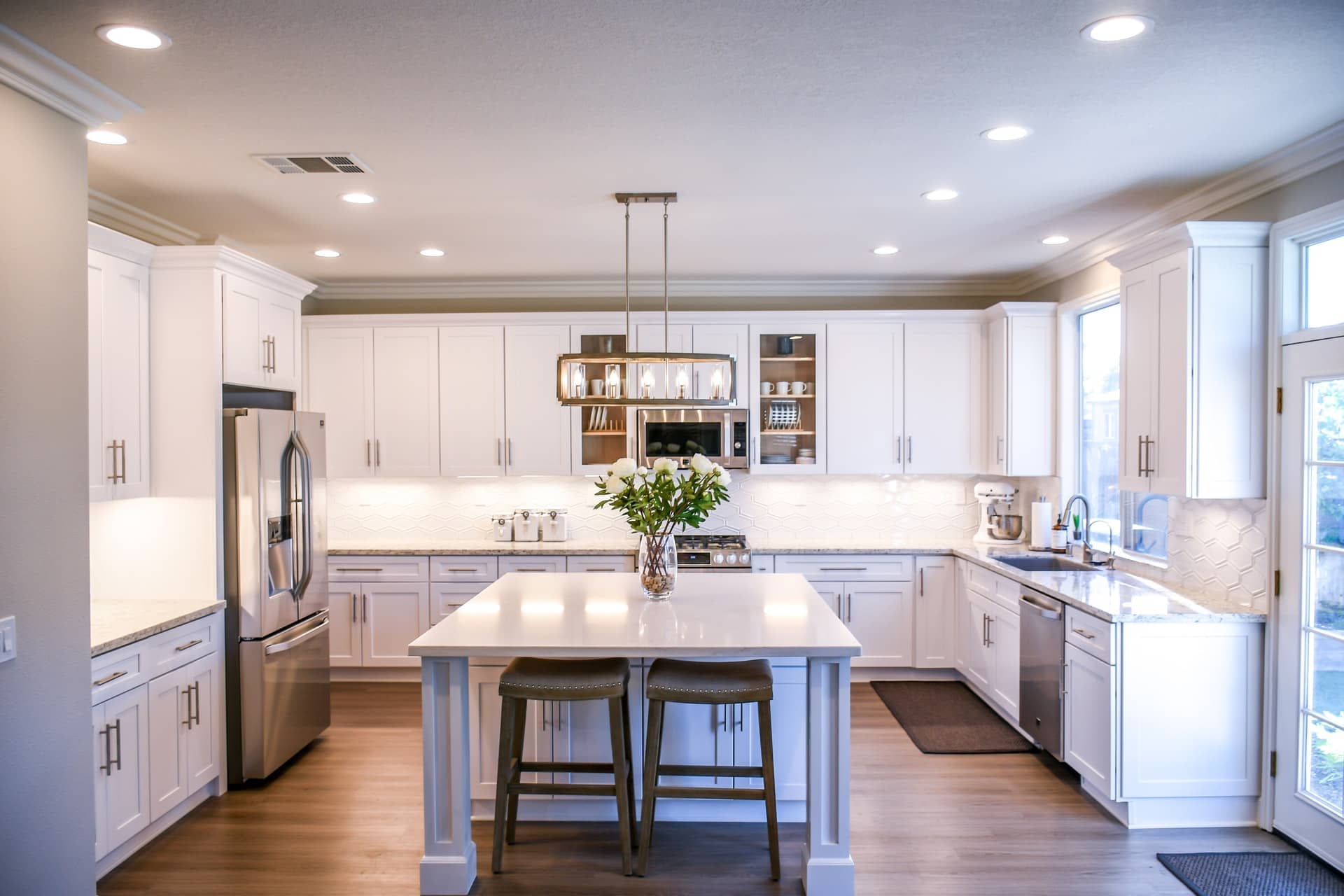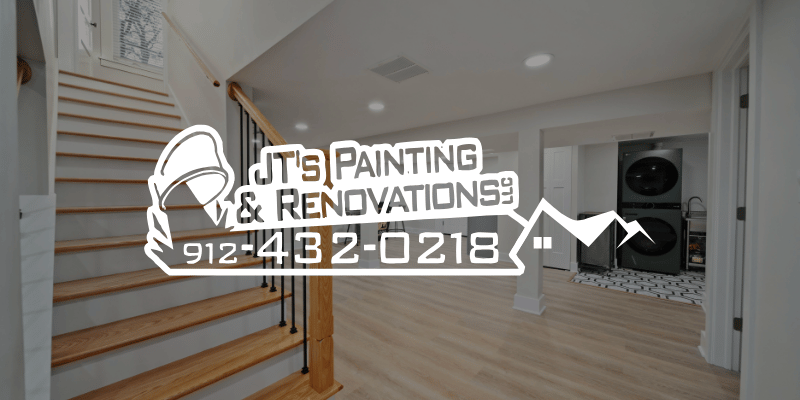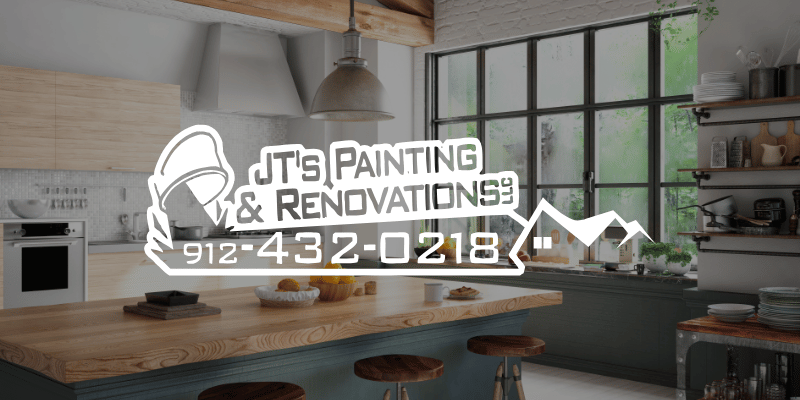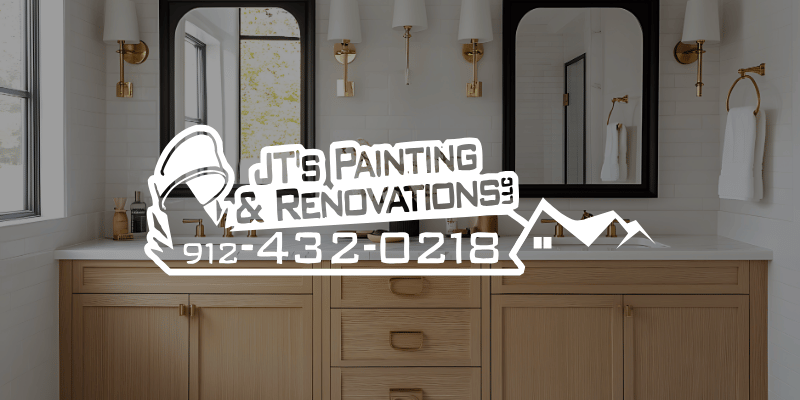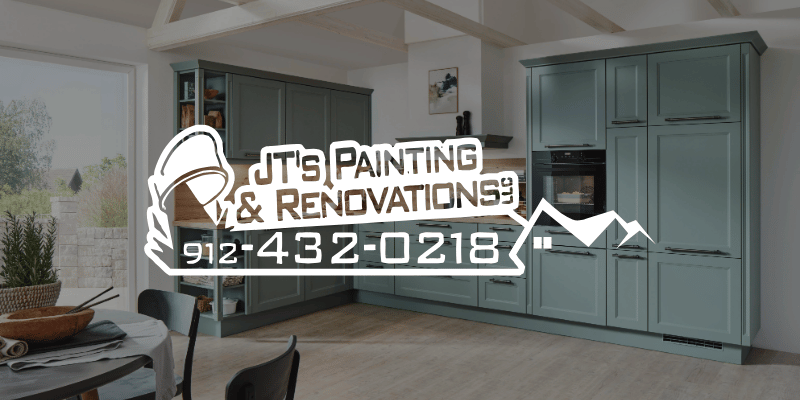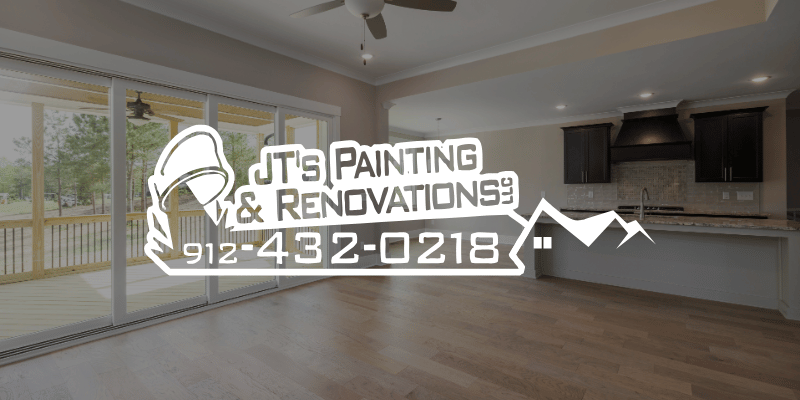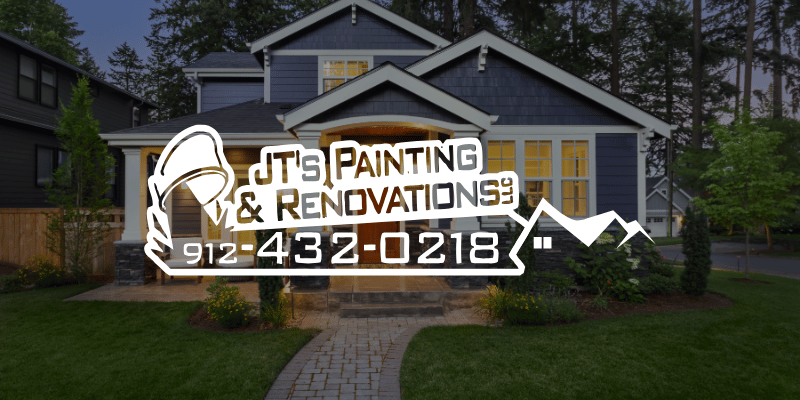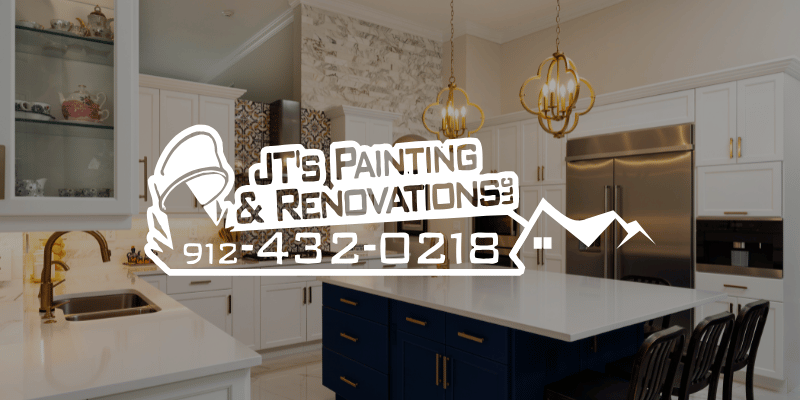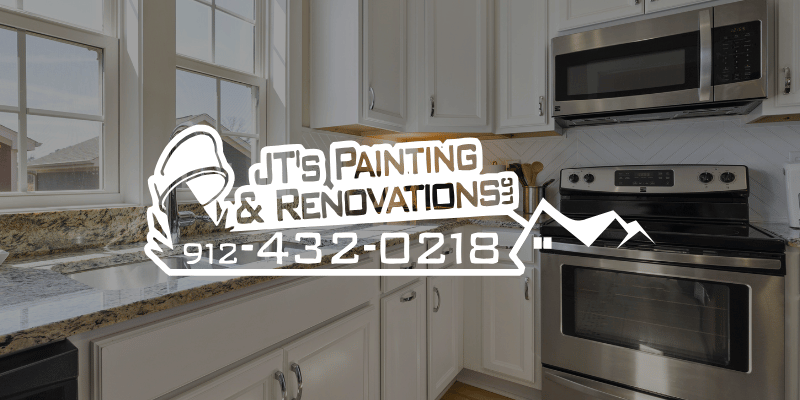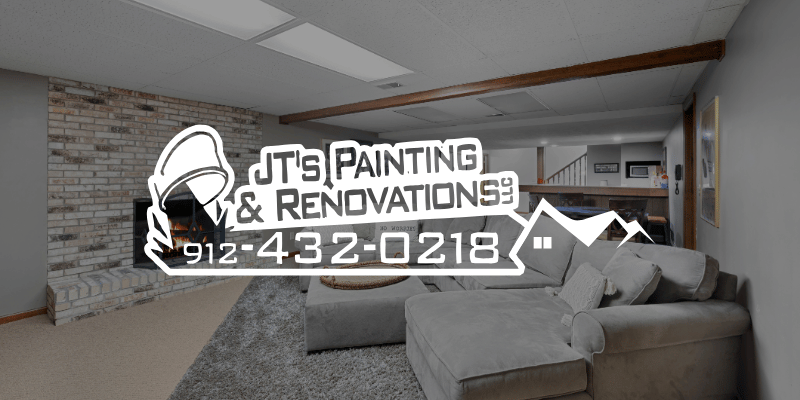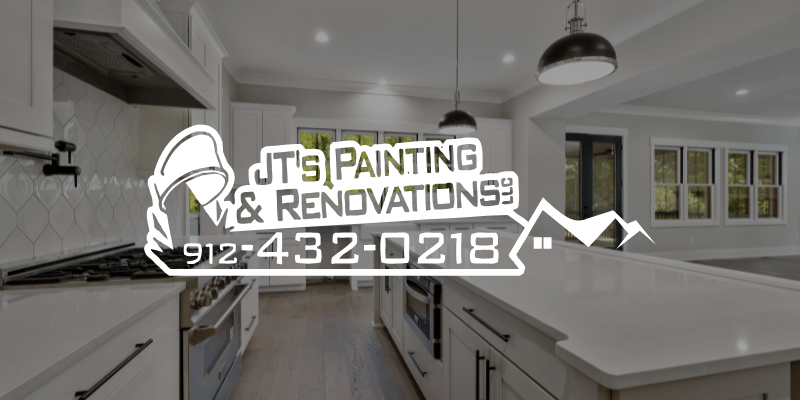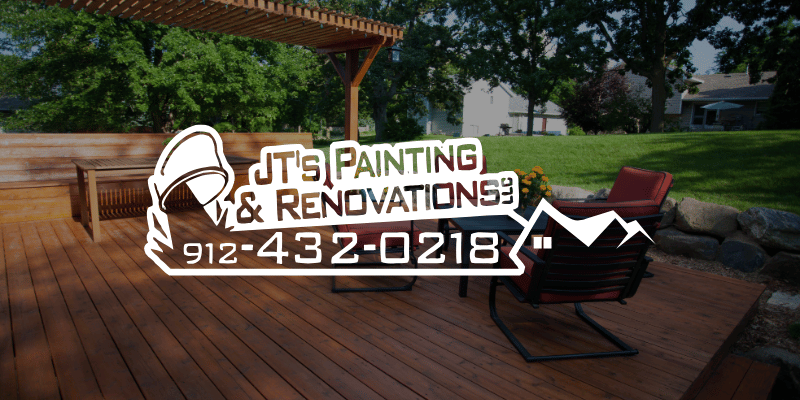
Hazelwood Deck Care Guide: Composite vs Wood — Cleaning, Sealing, and Color Refresh
Summer barbecues, fall leaf piles, and snowmelt all land on the same surface: your deck. In Hazelwood, swings in temperature and humidity speed up fading, mildew, and surface checks. The good news is that smart maintenance and the right coating system can keep both composite and wood decks looking great for years. Use this guide to choose the best cleaning routine, decide when to seal or recoat, and avoid the mistakes that cause early peeling.
If you are planning a larger outdoor update beyond maintenance, get ideas on siding, trim, and porches here: Exterior remodeling services.
First, identify your deck material
Stand on the deck and look closely.
- Composite deck boards are consistent in color and texture, often with a molded wood grain. Ends may show a uniform composite core. Fading and surface film buildup are common issues.
- Wood deck boards show real grain and aging checks. Ends reveal growth rings. Problems include graying from UV exposure, mildew, and splinters.
If you are unsure, grab an offcut from the garage or send a close photo during a site visit. For new builds or rebuilds, compare your options here: Composite deck services and Wood deck services.
Care calendar for Hazelwood’s climate
Hazelwood’s humidity rises in late spring and lingers through summer. Snow and freeze-thaw arrive mid to late winter. Use this simple rhythm.
- Early spring: Deep clean. Inspect fasteners, rail posts, and stair stringers. Mark repair spots.
- Early summer: Spot clean high traffic areas. Check for slick algae near shaded corners.
- Early fall: Wash off pollen and acorns. Recoat wood if water stops beading.
- Midwinter: Shovel snow with plastic edges. Avoid chopping ice with metal tools that gouge boards.
Cleaning methods that actually work
For composite decks
- Dry prep: Blow off debris. Vacuum between boards where leaves collect.
- Rinse: Use a garden hose to loosen surface dirt.
- Clean: Apply a composite-safe cleaner. Work in small sections with a soft-bristle brush. Scrub with the grain.
- Rinse thoroughly: Residue leaves a sticky film that attracts dirt.
- Dry: Let the surface air dry fully before placing rugs or furniture.
Avoid high-pressure washing. More than about 1,200 psi can swirl the surface and void warranties. If you need color refresh on a faded composite, consider a deck restorer coating designed to bond to polymer-capped boards. Professional prep includes detergent washing, light abrasion, and a compatible bonding primer.
For wood decks
- Sweep and rinse: Remove debris that traps moisture.
- Wash: Use a wood-safe cleaner to lift dirt and mildew. Scrub with a stiff brush along the grain.
- Brighten: If boards look dark after cleaning, a wood brightener restores natural color and resets pH for better stain adhesion.
- Rinse thoroughly: Clear all chemical residue.
- Dry: Give the deck 24 to 48 hours of dry weather before sealing or staining.
Keep pressure washers on the gentle side. Aggressive wands carve soft springwood and create fuzzy fibers that drink stain unevenly.
Should you seal or stain — and how often
Composite
Composite boards do not need traditional sealing, but they do benefit from protective topcoats in high UV exposure. A clear or lightly tinted product designed for composites can slow fading. Reapply every 2 to 3 seasons based on sun exposure and traffic.
Wood
Wood needs a penetrating product to guard against UV and moisture. Choose based on your goals.
- Transparent or semi transparent: Shows grain and looks natural. Recoat every 1 to 2 years on sunny decks, 2 to 3 years in shade.
- Solid color: Hides old stains and boards with mixed species. Longer color hold but requires diligent prep to avoid peeling.
Water beading is your test. If water soaks instead of beads, it is time to recoat. For broader exterior timing tips, bookmark this maintenance guide: Wildwood exterior maintenance checklist.
Color refresh options that fit your house style
- Warm cedar tones complement brick ranch homes common in North County.
- Cool grays pair with black hardware and modern rail systems.
- Rich browns ground large decks so they do not dominate small yards.
- Contrasting rails add definition: dark rails with natural-tone boards or vice versa.
Brush out sample boards and view them against your siding and landscape at different times of day. Hazelwood’s tree canopy can cool colors; a slightly warmer tint often reads “just right” outdoors.
Repair checklist before you coat anything
- Check fasteners: Back out protruding screws and replace corroded ones with coated or stainless steel.
- Tighten posts: Wobble at railing posts signals lag bolts or blocking issues. Fix before refinishing.
- Replace damaged boards: Rotten or deeply checked boards will not hold a finish. Swap them now so color matches from the start.
- Sand splinters: Focus on stair nosings and edges where hands and feet land.
- Inspect ledger flashing: Water behind the ledger is the number one deck failure. If you see staining at the house connection, call a pro.
Application conditions matter
- Temperature: Aim for 50 to 85 degrees Fahrenheit. Hot boards flash dry coatings and streak. Cold boards slow cure.
- Shade: Work in the shade or follow the sun so wet edges stay manageable.
- Humidity: High humidity slows drying. Allow extra time between coats so moisture does not get trapped.
Read the can’s recoat window. Putting the second coat on too soon traps solvents and leads to premature peeling.
Rugs, furniture, and foot traffic
Outdoor rugs should be breathable. Rubber-backed mats trap moisture and print patterns onto fresh finishes. Use furniture pads on chair and table feet. Wait until the coating is fully cured before dragging grills or planters across boards.
When to choose professional help
- The deck sits high and requires tall ladder work on stairs or second-story landings.
- Composite boards need a color restorer coating and you want a manufacturer-approved system.
- Solid color stains have peeled and you need a methodical strip and sand.
- The ledger or posts show signs of water intrusion or movement.
If your maintenance plan reveals issues beyond cleaning and coating, step back and talk through a comprehensive outdoor plan. Start with services here: Exterior remodeling services, then compare options for new builds or rebuilds on Wood decks and Composite decks.
FAQs
Will cleaning alone restore the original composite color
Cleaning removes grime and mildew. It will not reverse UV fading. Use a compatible color restorer if you want a deeper refresh.
Do I need to sand a wood deck before every recoat
Not always. If the previous product is a penetrating stain and it has not formed a film, clean and recoat. If you see peeling, you need to strip or sand before switching products.
Can I switch from solid stain to semi transparent
Only after full removal of the solid. Residual film blocks penetration and causes uneven color.
What about slip resistance
Choose coatings with fine aggregate in high traffic or wet zones. Many modern products include slip resistant additives without a gritty feel.
How soon can I grill after coating
Light foot traffic after the surface is dry to the touch. Heavy items and rugs should wait until full cure, typically several days depending on humidity and temperature.
Bring your Hazelwood deck back to life
A clean surface, the right product, and patient application are the three pillars of long lasting decks. Whether you need a composite color refresh, a wood stain that will not peel, or a full rail and stair repair, JT’s can help you choose the best path and finish the job with pro-grade tools and clean site practices.
